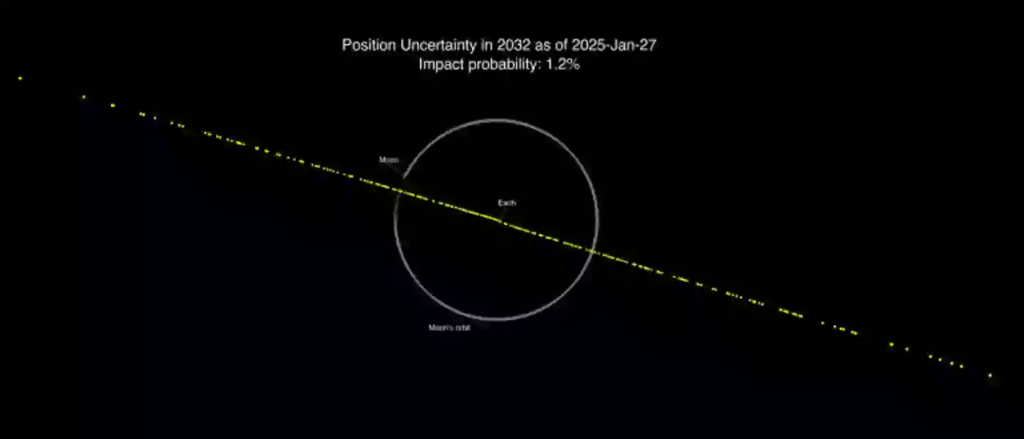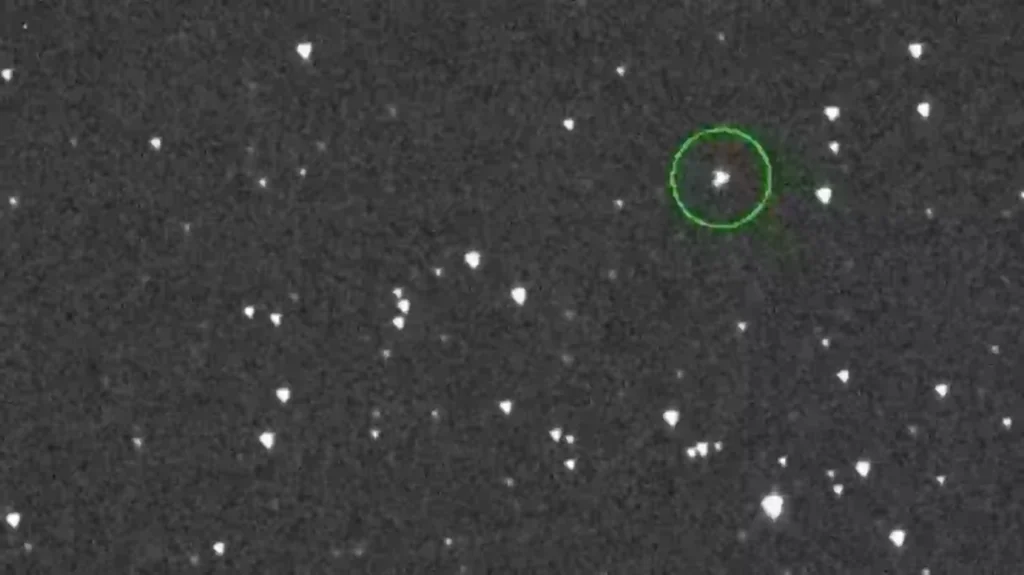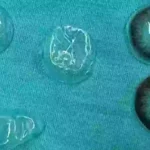The chances of the asteroid hitting Earth has gone down since yesterday
In case you haven’t noticed, NASA has been cautioning that a massive asteroid may be racing towards Earth, endangering approximately 110 million lives.
Last December, NASA detected an asteroid known as 2024 YR4 located tens of thousands of miles away in orbit, which, while distant, could potentially impact Earth in 2032.
This enormous ‘city killer’ asteroid is roughly the size of New York’s Statue of Liberty, Big Ben in London, or Cinderella’s Castle at Walt Disney World in Florida. If it does collide with our planet, it could unleash an explosion comparable to 500 atomic bombs.
Eight densely populated global cities—Bogotá, Abidjan, Lagos, Khartoum, Mumbai, Kolkata, and Dhaka—have been identified as potential targets for this space rock.
While some scientists urge calm, arguing that a collision is more improbable than probable, certain astronomers raise concerns that any attempts to deflect the asteroid—such as using rockets—could result in an even greater disaster.
NASA itself has revised its stance numerous times regarding the threat level posed by the asteroid.
Initially, they estimated a 1.2 percent chance of it striking Earth. That probability rose to 2.3 percent, then to 2.6 percent, reaching a concerning 3.1 percent as of February 18.

NASA has said there’s still a possibility it could hit Earth (NASA JPL/CNEOS)
This marked the highest risk level for any major asteroid on record, surpassing even the ominous ‘God of Chaos’ asteroid that was discovered in 2004.
Fortunately, we can now exhale a little as NASA has reported that the chance has dropped back down to 1.5 percent as of Wednesday night (February 19). What a relief!
A recent blog post indicated that the agency managed to observe 2024 YR4 when the skies darkened after a week of poor visibility caused by the full moon.
This is due to the fact that asteroids appear ‘very faint’ and moonlight often makes detection difficult in bright skies.
Nevertheless, the Jet Propulsion Laboratory’s latest findings have resulted in a reduced risk of the asteroid impacting both our planet and the moon, which now has a probability of just 0.8 percent.


